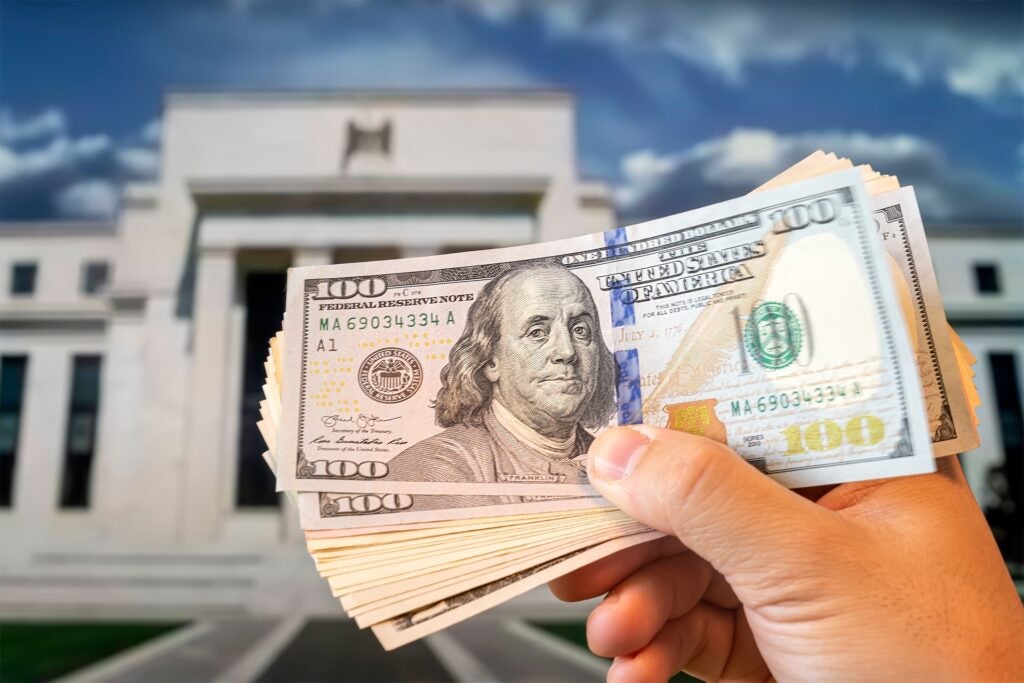Is your emergency fund secretly shrinking? Traditional cash savings strategies are costing Americans thousands in 2025. Discover how a three-tiered approach to emergency funds can protect your safety net from inflation while maintaining security and accessibility.

Is Your Emergency Fund Actually Costing You Money? Here's What You Need to Know in 2025
Let's talk about something that might make you a bit uncomfortable: that emergency fund you've worked so hard to build? It might be quietly losing value right under your nose. Now, before you close this tab thinking I'm about to tell you to dump your safety net into crypto or some sketchy investment scheme, stick with me. This is about making your emergency fund work smarter, not harder.
Think about it this way: If you've got $20,000 sitting in a traditional savings account (you know, the kind your local bank brags about), you're probably earning a whopping 0.01% interest. Meanwhile, inflation's running at 3.7%. Do the math, and you're essentially watching about $740 of your purchasing power vanish into thin air each year. That's not exactly the financial security we're aiming for, is it?
"But wait," you might be thinking, "isn't this just how emergency funds work?" Not anymore. The financial world has evolved, and keeping all your emergency cash in a traditional savings account is about as outdated as using a flip phone in 2025.
A Better Way to Structure Your Safety Net
Here's where things get interesting. Instead of throwing all your emergency money into one sad, low-yield account, consider breaking it up into what I call the "triple-threat" approach. (And no, this isn't some complicated scheme that'll have you checking spreadsheets at 3 AM.)
Your First Line of Defense (About 30%)
This is your "oh crud" money – the cash you need when your car decides to die in the middle of nowhere. Park this portion in a high-yield online savings account. These typically offer 4-5% interest, which is like upgrading from a kiddie pool to an actual swimming pool when it comes to returns.
Your Backup Battalion (Around 40%)
This chunk can work a little harder for you. Think Series I Savings Bonds or short-term Treasury bills. They're about as exciting as watching paint dry, but they'll keep pace with inflation and stay pretty accessible after the first year.
Your Long-Game Guard (The Final 30%)
If you've got steady income and aren't living paycheck to paycheck, this portion can go into conservative investments or money market funds. It's still there if you need it, but it's actually growing instead of gathering dust.
The Tech-Savvy Twist
Remember when banking meant waiting in line on your lunch break? Those days are gone. Today's online banks aren't just convenient – they're actually offering decent returns on your money. Some newer platforms even have these hybrid accounts that give you the safety of FDIC insurance with returns that don't make you want to cry.
The Credit Card Backup Plan (Handle with Care)
Here's a strategy that might raise some eyebrows: keeping a smaller cash emergency fund while maintaining available credit as a backup. Before you scroll past in horror, hear me out. If you've got stellar credit and reliable income, this approach can work – but only if you're the type who can resist using that available credit for a spontaneous vacation to Tahiti.
Making It Work for Your Reality
Let's get real for a minute. If you're supporting a family on one income, you'll want to keep more in that immediately accessible first tier. Single? You might be able to be a bit more aggressive with your strategy. The key is matching your approach to your actual life, not some one-size-fits-all formula.
The Smart Way to Switch Things Up
Don't go rushing to move all your money around tomorrow. Take it slow – maybe over 3-6 months. Use this time to research your options, compare rates, and make sure you understand exactly what you're doing. Your emergency fund is your financial security blanket; you don't want to leave yourself exposed while trying to optimize it.
Bottom Line
Your emergency fund shouldn't feel like a money pit. Yes, it needs to be there when you need it, but it doesn't have to sit around losing value year after year. In today's world, playing it too safe with your emergency savings isn't actually playing it safe at all.
Remember, the goal isn't to turn your emergency fund into a get-rich-quick scheme. It's about keeping your safety net strong and intact while making sure inflation isn't slowly eating away at your financial security. Because let's face it – in 2025, your money should be working as hard as you do.